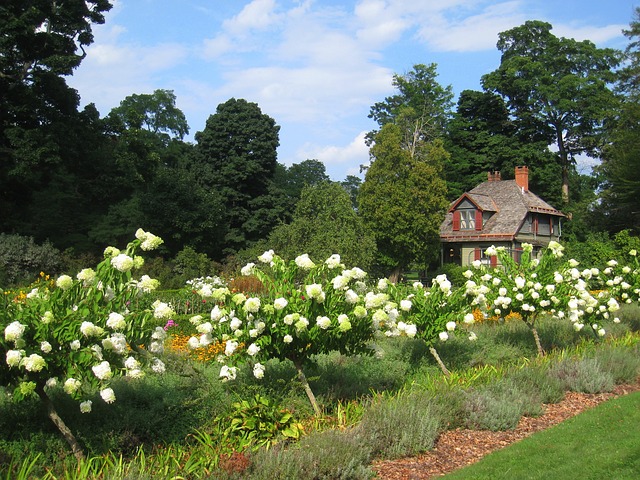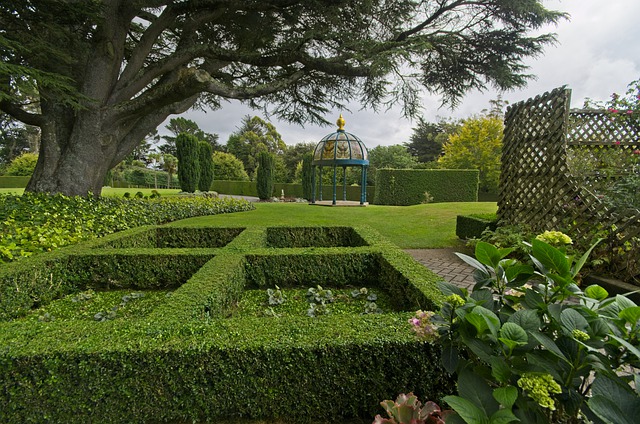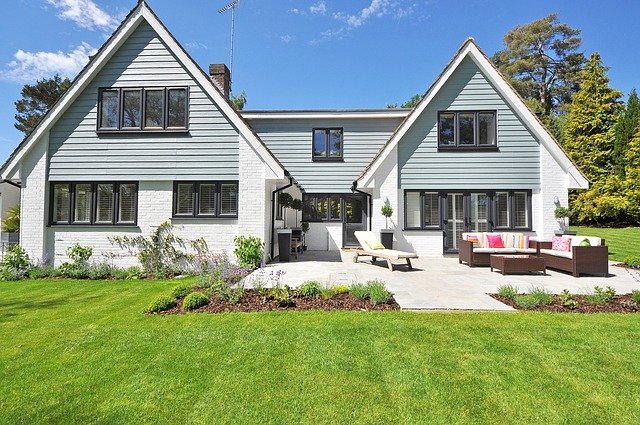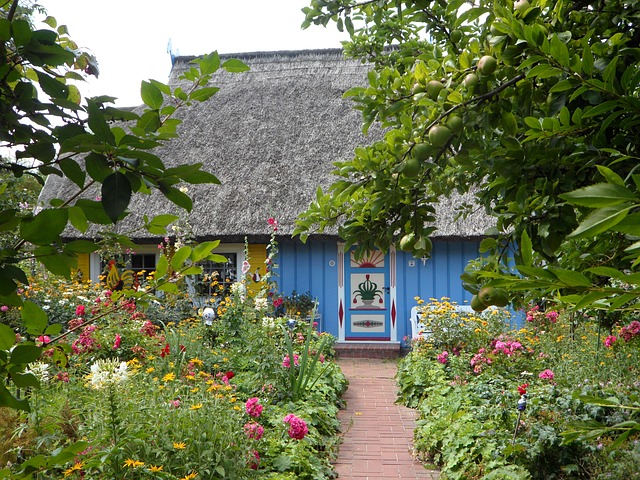Changing a Familiar Garden
If you have had your garden for a while you have the advantage of knowing the conditions in it, what type of soil there is and how it responds to the changing seasons. But sometimes dissatisfaction can gradually creep in; there may be problem areas where plants won’t grow. Maybe the garden doesn’t look how you hoped it would, and combining plants together hasn’t been altogether successful.
Whilst the information here is mostly for gardeners planning their own planting, it applies just as much to garden designers planning a garden in a professional capacity, or friends who have gardening experience offering to lend a helping hand to someone with less experience. A designer will use their skills to interpret the owner, finding out their likes, dislikes, general taste and preferred style is crucial. A lot of information can be obtained by observing the owner’s surroundings and establishing what their personal taste is, as well as discussing the project with them. It’s useful to note what types of pictures are on their walls, the choice of books on the shelves and the colors used to decorate the house-all are valuable clues. It will take a concerted effort to get to know their garden too, analyzing it as a whole, identifying existing plants and putting all the information together, then talking to the owners so that the plans and ideas are clearly communicated between all parties involved.
Making a Scale Plan
The first real step is to make a plan of the garden exactly as it is at the moment. When you go on to creating a planting plan, however big or small the area you wish to change, it will be so much easier if you have a simple sketch plan that is drawn to scale. Even if the changes are quite minor, a plan will give you the opportunity to see the whole garden in one go and work out if there’s enough room for all the plants you’d like and you’ll see how any changes will work within the existing framework.
If the house is new or has been extended, you may be able to obtain existing plans from an architect or developer. They may not be accurate if they’ve been enlarged or reduced, so check their accuracy by comparing measurements of the plan with one or two features in the garden. (If the garden is very large it may be easier to commission a professional surveyor to plot the garden accurately.)
How to Make a Scale Plan
You can scale clown the measurements onto graph paper so that everything on the garden fits conveniently onto one piece of paper. (A4 graph paper is available from stationers, but you’ll probably need a larger sized sheet of paper, which can be bought from art shops.)
At a 1:50 scale, 2cm (approx. 33ft) length of fencing will measure 20cm (8in) on the paper, which is useful for the average garden. If you have a larger garden you could use a scale of 1:100, then 20metres would measure 20cm.
You’ll need two tape measures, 30m and a 5m. First you measure the outline of the house, and the boundaries in relation to the house and gradually add all the other dimensions of the house and gradually add all the other dimensions of the garden.
Where to start
Start by measuring the house walls adjacent to the part of the garden you’re going to be planning. Draw them onto a sheet of graph paper to the scale you have chosen.
Note where the sun rises: if it’s behind you as you stand in the garden, then north point is on your right. Mark this on your plan so that you can work out where the sunny and shady areas of your garden are during the day. This will be one of the relevant facts when choosing plants.
How to position main features on the plan
The main features are added using triangulation, which is simply a method of accurately indicating the location of features such as an isolated tree in the middle of a lawn, which would otherwise be difficult to position accurately on a plan. This third point, the tree, is located using its relationship to two known points, such as the corners of the house. As well as graph paper, a pair of compasses and scale ruler are needed for this.
First draw a base-line between two permanent features, such as the wall of the house: A is one corner, B is the other. Note the measurement from A to the tree (c). Note the measurement from B to the tree(C).
Using the ruler draw the baseline (A-B) to scale on the graph paper. Extend the compass and measure the length A-C on the scale ruler. Position the spike of the compass on A and draw an arc.
Repeat the process for B-C, placing the compass spike on B, and draw an arc to cross each other will be point C, indicating the position of the tree.
This method can be used to determine the position of other elements of the garden, such as the corners of the boundaries.
Analyzing the Existing Garden
Try to identify exactly what plants are already growing there; if the precise names aren’t known, make a note of the size and whether they are evergreen or deciduous.
Next have an objective look at the plants that thrive and those that struggle. Which ones have never looked quite right where they are-maybe they’re too big, or the wrong shape or colour? Make a note of all your initial thoughts about these plants, including ones that you definitely want to keep and others you may be considering removing.
Use the plan to note down the conditions in the garden, such as cold winds, the sunny and shady areas or low-lying areas of clay soil that can be soggy for much of the year. There may be views of neighboring buildings to be screened from your garden or a lovely view to be farmed by a gap in the planting. The initial notes that you made earlier about the plants, trees and large plants can now be accurately marked on the plan.
Writing Your Brief
Professional designers have developed a process to make decisions about each gardening project. They begin by gathering information to determine the choices of plants that will suit you and your garden; it’s a thought process that generates a list of ideas. It will clarify all the constraints and possibilities that need to be taken into account and encourage you to think about the opportunities for the garden. The finished result is more likely to be successful because it’s been well thought through.
Gathering Information
By visiting gardens and horticultural shows, you can learn more about plants and how they combine together. Take a notebook and camera with you to record what you see. Build up a record of the type of plants that you like, what colour combinations catch your eye and which contrasting shapes appeal to you. Cut out pictures of plants and gardens that you like from magazines and newspapers. Inspiration doesn’t just have to come from obvious sources; you may also be inspired by sculpture, buildings or soft furnishings. Include pictures of all of these and examples of favorite colours or experiment with combinations of ones that you don’t normally use.
You may be a gardening novice with relatively little knowledge or experience, or a more experienced gardener who hasn’t used this orderly approach before. Ideas take time to evolve, so be patient and gather as much relevant information as possible and learn to trust your judgment. Make sure that your garden will reflect your character and personality, because that’s what will make it unique.






